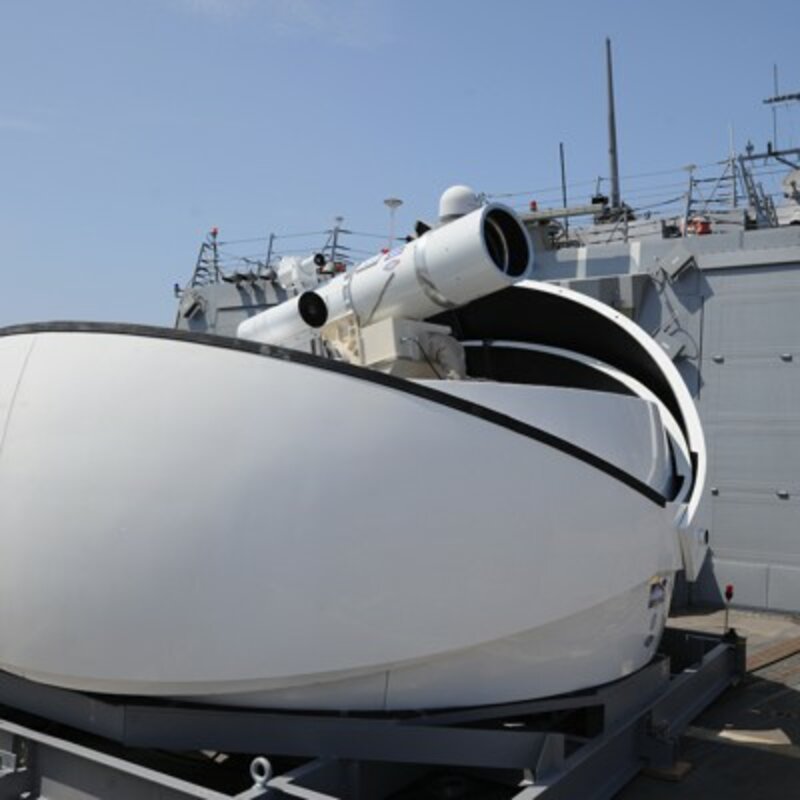The U.S. Navy warships shooting down Houthi drones and rockets in recent weeks have generally done so with guns and missiles that are far more expensive than the threats they head off. And notably absent from U.S. officials' statements about the incidents are the next-generation directed-energy weapons the military has spent years developing to do precisely this job.
A recent Congressional Research Service report offers some clues as to why.
The Navy isn't having much trouble swatting down the Houthis' Iranian-made drones, even when they're launched by the dozen. But the Pentagon is beginning to worry about using $11 million interceptor missiles to take out drones that can cost as little as a few thousand dollars
That price disparity is why the military started seeking lasers and other directed-energy weapons, which promise cheap, all-but-unlimited "magazines" to intercept drones in large numbers. The United States has already deployed lasers aboard ships effectively, beginning with the USS Ponce in 2014.
The U.S. now deploys eight 30-kw Optical Dazzler Interdictor Navy, or ODIN, systems on Arleigh Burke-class destroyers. In 2022, it deployed a high-energy laser with integrated optical dazzler and surveillance, or HELIOS laser, (60-kw to 150 kw) aboard the USS Preble. And there are more lasers in development, such as the High Energy Laser Counter, or HELCAP program, and the Layered Laser Defense, or LLD, program.



 Yemen
Yemen Red Sea
Red Sea Weapons
Weapons Drones
Drones Technology
Technology


